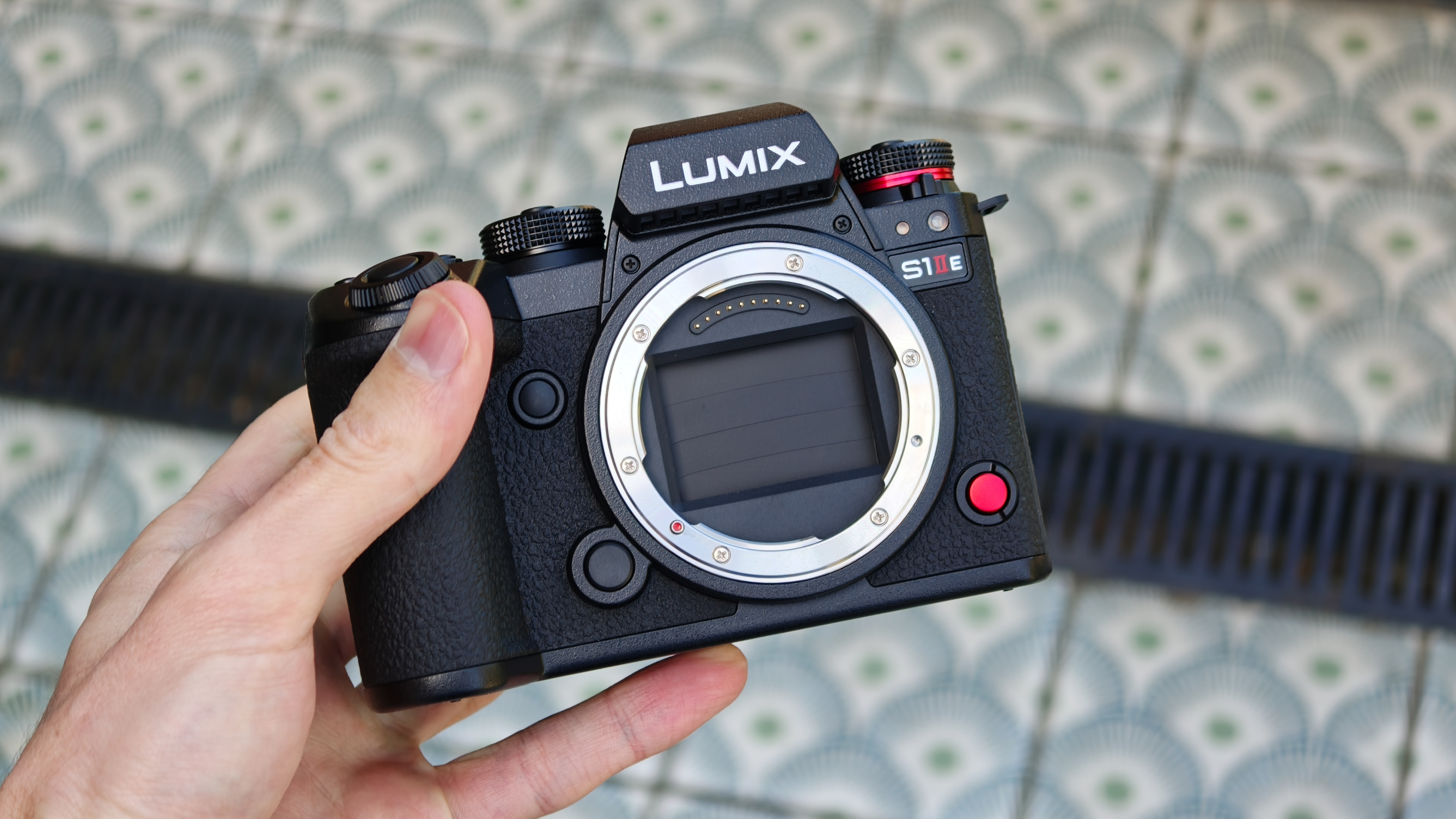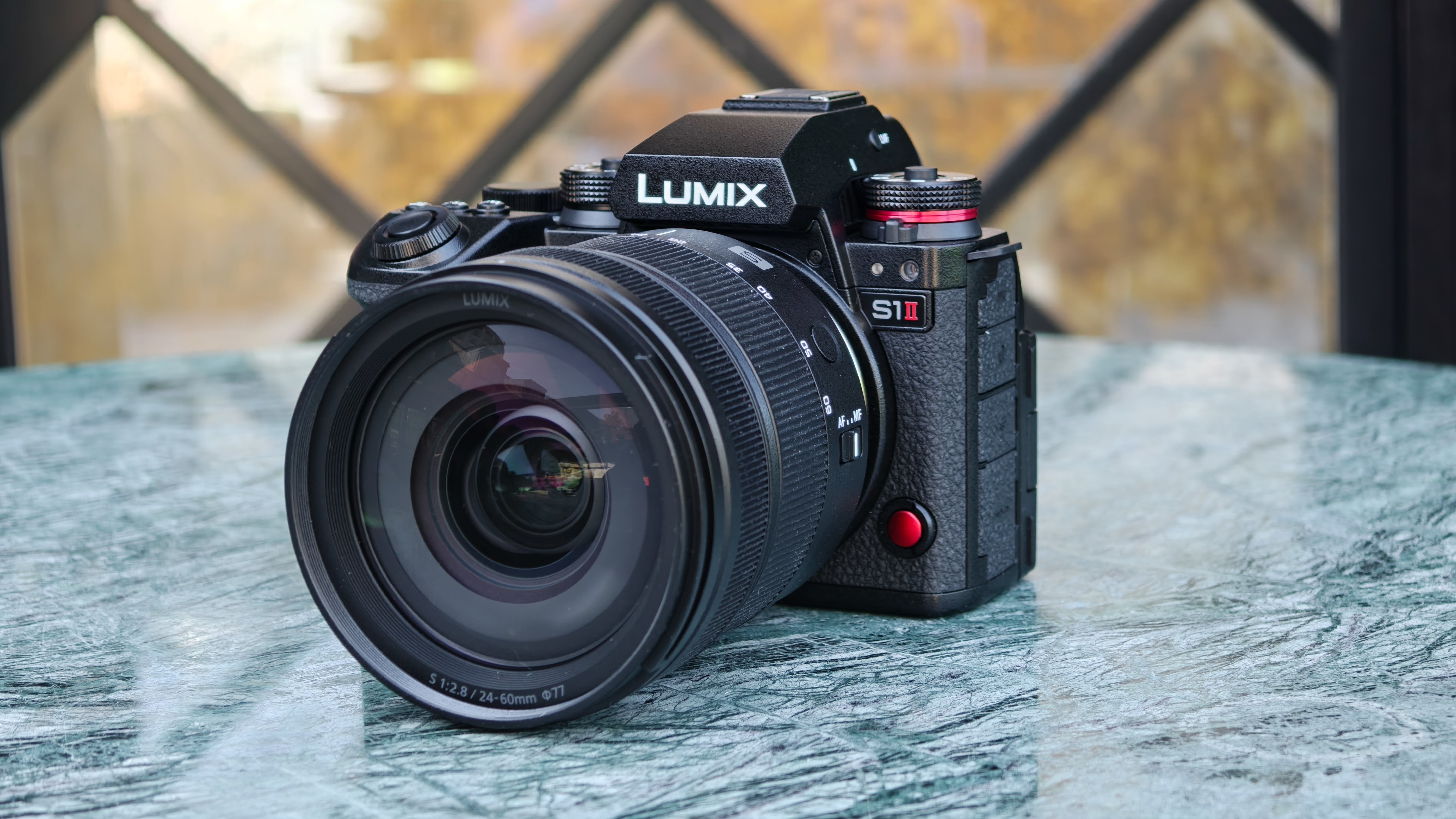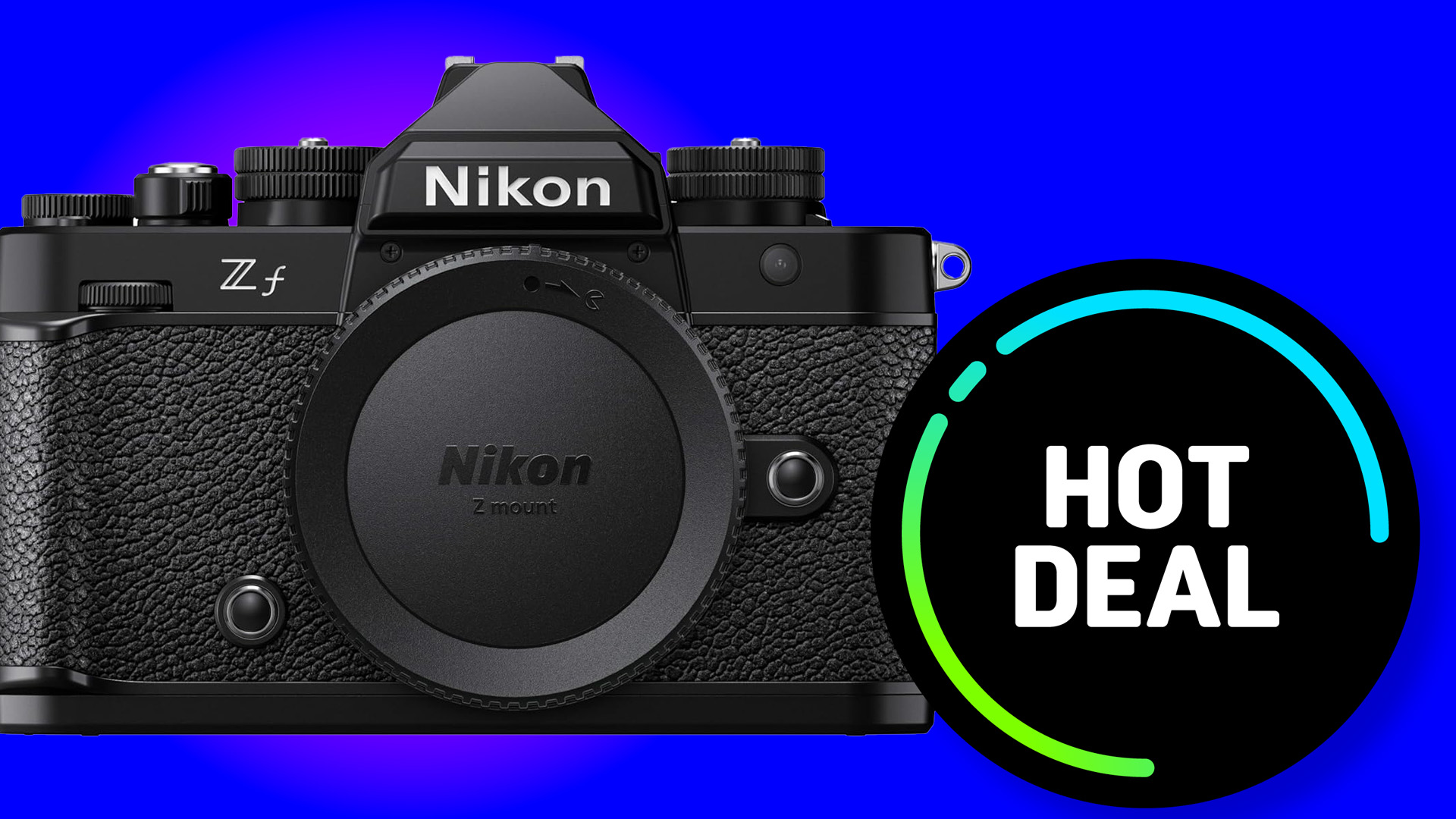Panasonic releases MAJOR firmware updates for the Lumix S series cameras with improved photo and video features
Panasonic enhances 3 of its full-frame cameras with improved autofocus, video capture, and introduces full 3:2 open gate

Panasonic has announced a significant firmware rollout for its Lumix S Series full-frame mirrorless cameras, specifically the S1R II, S1 II, and S1 IIE.
Available starting June 24 via the Lumix Global Customer Support site, these updates bring meaningful improvements to hybrid shooters while reinforcing Panasonic’s commitment to system longevity and creative flexibility.
The new firmware delivers practical enhancements that expand recording formats, improve autofocus intelligence, deepen post-production options, and streamline professional workflows.
Lumix S1R II
The Lumix S1R II receives the most substantial feature boost with Firmware Version 1.2, transforming it into a more robust tool for video creators and hybrid professionals. One of the standout additions is support for 8.1K and 7.2K recording in a full 3:2 Open Gate format.
This kind of high-resolution, full-sensor capture enables creators greater freedom when cropping for multiple aspect ratios in post, especially for vertical formats that dominate today’s social media platforms.
Video professionals will also welcome the ability to output RAW video data via HDMI for external recording, opening doors to advanced workflows typically reserved for cinema cameras.
While free for most users, unlocking ARRI LogC3 requires a paid software upgrade (DMW-SFU3A). Still, for mixed-camera environments, this is a practical and often necessary addition.
The best camera deals, reviews, product advice, and unmissable photography news, direct to your inbox!
Panasonic has also introduced HEIF recording in 10-bit 4:2:0, a more efficient image format that retains more color data than JPEG without the file sizes of RAW. This is particularly beneficial for creators who need to strike a balance between image quality and storage efficiency.
Autofocus sees a meaningful upgrade as well. The S1RII now supports what Panasonic calls 'Urban Sports recognition', enhancing its existing human detection system with the ability to recognize high-speed, unpredictable movements such as skateboarding, breakdancing, or parkour. It’s a move aimed at creators working in fast-paced, unpredictable environments, from street documentaries to action-focused content.
The update also brings several workflow enhancements. Users can now transfer files directly from CFexpress Type B or SD cards to an external SSD. Additionally, proxy file recording is now possible during RAW HDMI output, helping streamline the post-production pipeline.
Tethered and networked workflows also benefit. Capture One integration is supported via both Wi-Fi and wired LAN and Bluetooth timecode sync is now available for multi-cam setups.
Other additions include support for UVC/UAC connections for streaming or webcam use, and HLG View Assist for accurate gradation and exposure previews on non-HLG external monitors.
Finally, Panasonic has made small but meaningful improvements to usability. The focus ring can now function as a customizable control ring, and manual focus users can reverse the rotation direction to suit their preferences.
Lumix S1 II and S1 IIE
While the S1 II and S1 IIE don’t receive the full set of updates seen in the flagship S1RII, Firmware Version 1.1 still brings several significant improvements that push both models closer to their high-end sibling.
ARRI LogC3 becomes available through the same DMW-SFU3A paid upgrade, enabling consistent color workflows across different camera systems.
Focus stacking has been added, enabling photographers to blend multiple images captured at different focal planes into a single frame with an extended depth of field. This is particularly useful for macro photography or controlled studio environments, where sharpness from front to back is essential.
The update also expands the aspect ratio overlay options from ten to seventeen and now lets users display up to three guides simultaneously. This is especially helpful for creators planning content for multiple platforms like cinema, Instagram, and YouTube, all from the same frame.
What sets this firmware rollout apart is the breadth of additional thoughtful features that have been implemented for real-world work, further unlocking the potential of the S series cameras.
Whether a filmmaker integrating Lumix bodies into a high-end production setup, a photographer needing more workflow flexibility, or a hybrid shooter navigating multiple content platforms, this update has something meaningful to offer.
For users already embedded in the Lumix ecosystem, this is a compelling reason to stay. For those on the fence, it’s a reminder that a camera body can, and should, get better over time.
you might also like
Check out our guides to the best Panasonic Lumix cameras and the best hybrid cameras.

Kalum is a photographer, filmmaker, creative director, and writer with over 10 years of experience in visual storytelling. With a strong focus on photography books, curation, and photo editing, he blends a deep understanding of both contemporary and historical works.
Alongside his creative projects, Kalum writes about photography and filmmaking, interviewing industry professionals, showcasing emerging talent, and offering in-depth analyses of the art form. His work highlights the power of visual storytelling, fostering an appreciation for the impact of photography.
You must confirm your public display name before commenting
Please logout and then login again, you will then be prompted to enter your display name.



